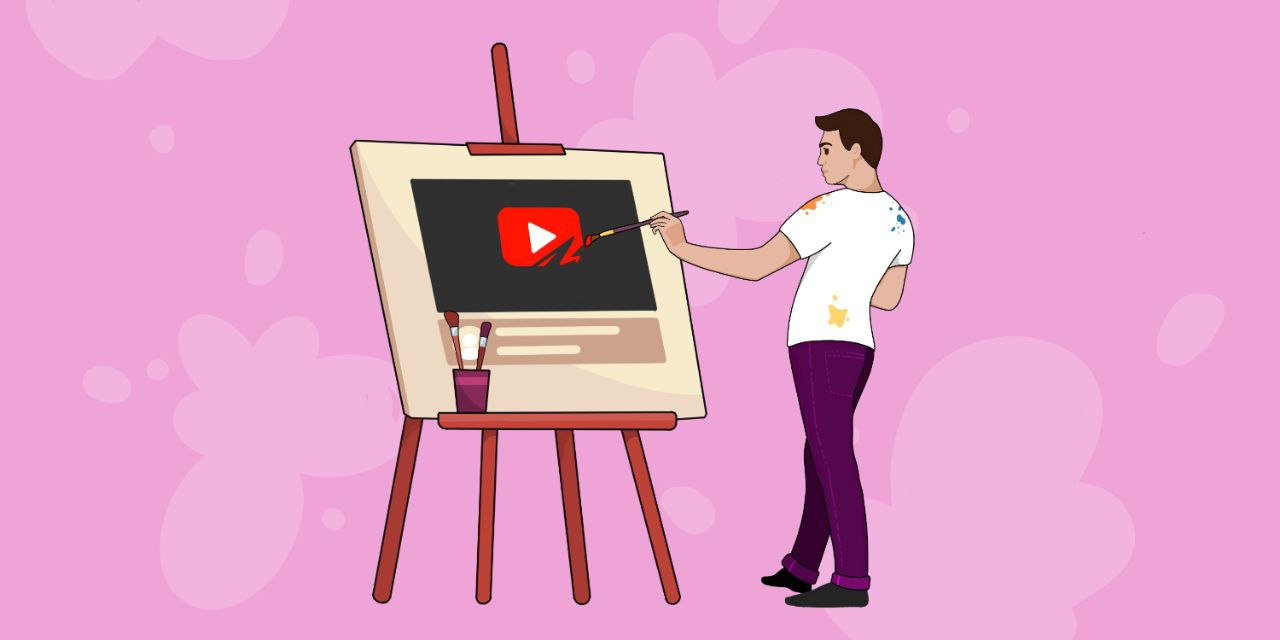Thumbnails & Titles Are Your Secret Weapons for Attracting an Audience.

Not long ago, there was a rumor online that Mr. Beast claimed thumbnails no longer play a role on YouTube. This is an extremely bold hypothesis, right?
However, if we delve into the interview that sparked the rumor, you will quickly learn that his words were taken out of context.
Thumbnails are still very important for YouTube, but now they work exclusively in tandem with the first five seconds of each video. YouTube is constantly evolving, and now in the mobile version, we get a feed where each video starts auto-playing. Changes have also come to the desktop version of the site, so when hovering over a video, we can also preview the beginning and decide whether we would like to watch more.
Consequently, as creators, we have literally five seconds for the viewer to notice our thumbnail and listen to the introduction. If the thumbnail captures their attention but the introduction to the video is boring and useless, the audience will move on.
So, the advice Mr. Beast gives is as follows:
Before you shoot a video, make sure the thumbnail corresponds to the content of the video, and then focus on the first 5 seconds and the first 30 seconds of the video.
Previously, although the thumbnail mattered, it mainly influenced the viewer's click. Now, it's important for us to get a click through an attractive thumbnail and make certain the first five seconds of the video are truly compelling.
Mr. Beast’s sentiments have been confirmed by posts from Todd Bopré, the head of the recommendations and homepage department at YouTube.
"This [note: thumbnails] is becoming increasingly important because on the YouTube homepage and in search, there are more embedded video previews (rather than static thumbnails). For many viewers, the introductory part of the video is the new thumbnail."
However, after all these statements, it might seem that Todd, as a representative of the platform, is urging us not to create video thumbnails and to focus all our attention solely on the introductions to the videos.
As creators began to think that they no longer needed to worry about thumbnails, speculation began to bubble that YouTube might eventually do away with them. Todd, once again, tweeted the following:
"YouTube has no plans to remove thumbnails. Despite this, many viewers use automatic previews to decide what to watch, and many videos have high viewer drop-off rates in the first few seconds. Putting effort into creating an engaging video introduction (which will 'deliver' your video to the audience) is a sensible approach."
We hope the aforementioned has clarified that thumbnails are still important and necessary. In addition, thumbnails should work in conjunction with what happens in the first few seconds of your video.
How to Make Video Intros More Engaging
Recognizing that a video's click-through rate is significantly affected by its thumbnail, title, and the initial seconds of content, it's evident that the video's introduction holds an immensely crucial role.
Let’s look at what is most often found in the creator’s videos?:
- "Hello, everyone! You're on my channel."
- "An incredibly captivating" intro that wastes the viewer's time.
- Unwarranted subscription requests even before the video starts.
- Repeating what is said in the thumbnail, title, and description.
- Boring, unclear, abstract beginnings.
The saddest part is that behind these typical mistakes, which can turn viewers away from your video, there might be genuinely excellent content. If you find your content among the listed scenarios, don't get discouraged. Everyone makes mistakes; the key is to eventually make changes.
So, let's address the issue: the introduction takes too much time before the creator gets to the essence of the video.
Now, let's get back to the numbers.
The thumbnail and the first 5 seconds of the video work together, so they jointly influence the click.
If you depict something awesome in your thumbnail but start the video with something entirely different, you are misleading your audience and people won't be motivated to watch.
However, five seconds are not enough to motivate viewers to watch the entire video. If only your thumbnail and the first 5 seconds are attractive, and the rest of the video is bland or mediocre, you won't retain viewers until the thirtieth second.
The first 30 seconds of the video are a crucial threshold where you must convince the viewer to watch the entire video.
If you think that keeping a viewer for 30 seconds is easy, be sure to check the analytics of your videos. Often, our introductions vary in quality. If your video has a successful introduction, its retention and view count will also be good. However, the opposite is true for videos where the introduction does not go well. The content as a whole will suffer.
Additionally, it's essential to remember that even if someone chooses your video based on a vibrant thumbnail and captivating first 5 seconds, YouTube does everything to distract them from your video. It displays a list of other videos on the right side, and there's no guarantee that your videos will be recommended over others.
If your video doesn't hold viewers attention, they may simply choose something else from the platform's suggestions. Yes, the competitive world of media is harsh, and no one said it would be easy to maintain attentiveness of potential viewers.
In every video, creators should think of a "hook." Its purpose is to reinforce what you promised in the thumbnail and title, while teasing the viewer about what they'll see during the video. Usually, the hook is at the beginning of the video, helping to arouse curiosity, anticipation, create intrigue, and motivate viewers to learn more—meaning, watch the entire video.
In simpler terms, within those crucial 30 seconds, you must make the viewer understand that watching the video will be worth their time. However, there's no need to spend all 15 or 30 seconds of the introduction.
The introduction is what you plan to engage the viewer with, not put them to sleep.
What you place at the beginning of the video should captivate the audience and motivate them to watch the entire video. There's no definitive answer to what you should do at the beginning of a video; it depends on the channel's theme, video format, and the creator's imagination.
Some create unique teasers with what will be seen in the video, some are charismatic enough to engage viewers on their topic through their speech. Yet other creators opt to show the result viewers will receive from watching the video and the list of options goes on and on.
Creating intros is not an exact recipe. Instead, your focus should be - what emotions your introduction evokes in your desired audience.
A good example of engaging introductions is a movie trailer. Like a channel has a theme and a creator, a movie has a genre and actors. Similarly, movies always present a poster that may include the main actors as well as elements of the plot, Easter eggs, and various slogans.
This is remarkably similar to our thumbnails, titles, and introductions, where we announce something that will ignite curiosity in the audience and evoke emotions related to the video topic: fear, anger, empathy.
In a movie trailer we are carefully introduced to the characters, their goals and desires, and the difficulties they will face throughout the film. Similarly, at the beginning of our video, we must introduce ourselves, the video's topic, mood, and what viewers will experience with us throughout the video.
It's crucial to remember that YouTube videos and movies obviously have their differences. First, creators on the platform don't operate with massive budgets. Second, YouTube is a much more personalized platform.
The most effective introduction to a video should trigger emotions in viewers and also hit their pain points.
Content personalization is an important success criteria, often overlooked by many creators, causing them to miss out on getting more views on their videos.
➔ Here is a little secret: if a viewer does manage to watch 30 seconds at the beginning, then skips ahead and watches the last 30 seconds of the video, the view will be counted, but the watch time will only be one minute.
These one-minute views, on average, can ruin your video due to weak retention and average watch time. Creators attempting to accumulate precious watch hours to qualify for the partnership program might need years to gain the required 4000 hours (at time of writing).
So, let's not forget Mr. Beast's wise words from the interview: first figure out what your video is about, and then start creating it. You’ve got this and we will be here to help!




